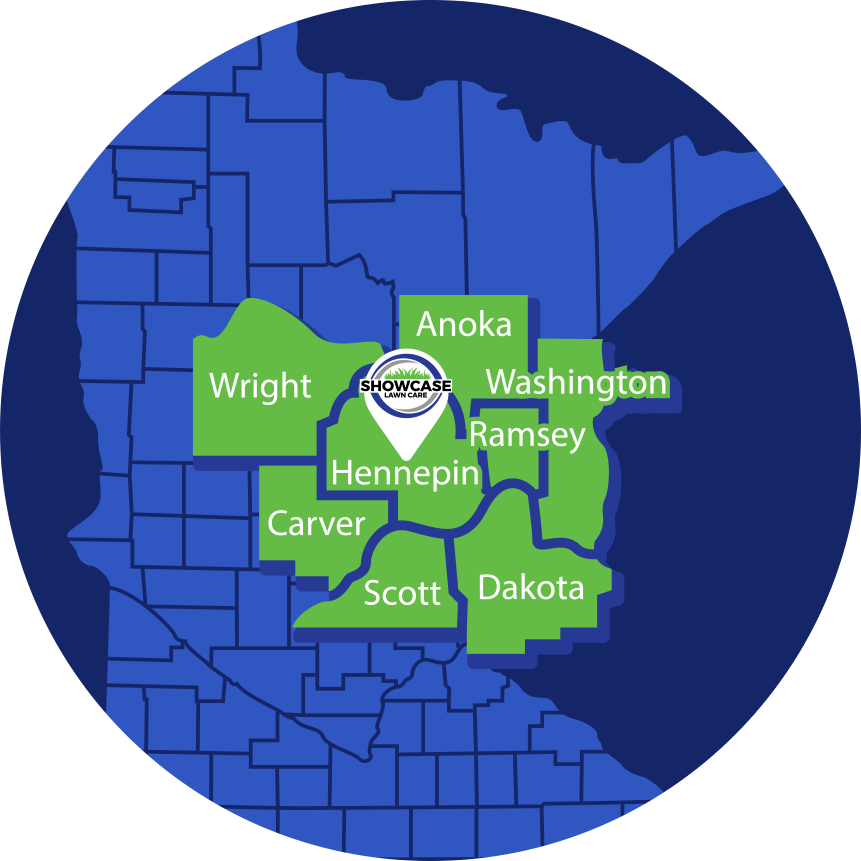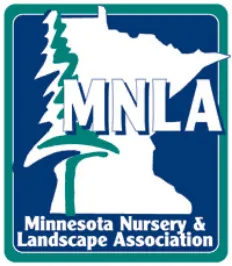
Lawn Disease Control
Your lawn is naturally full of fungi that are normally harmless, but under the right conditions, can flourish into destructive lawn diseases. These diseases move quickly and can affect your entire lawn if they aren’t caught early, so it’s important to keep an eye out for anything unusual.
Our lawn care professionals will help to protect your lawn from turf diseases by:
- Completing a detailed inspection of your yard to find all signs of lawn disease.
- Provide a customized treatment plan to rid your lawn of any fungi.
- Treat your grass to get rid of lawn disease.
- Offer our 100% satisfaction guarantee.
Schedule Your Free Consultation
4 Common Signs Of Lawn Disease
Lawn disease can be difficult to spot, especially if you're not familiar with the symptoms. Here are five signs that your lawn may be suffering from a disease:
- Discoloration: One of the first signs of lawn disease is the discoloration of the grass. If you notice patches of grass that are yellow, brown, or red, it's a sign that something is wrong.
- Thin Patches: If you notice areas of your lawn that are thinner than the rest, it's a sign of lawn disease. Thin patches are often caused by fungi or insects that damage the roots of the grass.
- Wilting: Another common symptom of lawn disease is wilting. If the grass in your lawn looks limp and lifeless, it's a sign that it's not getting the nutrients it needs.
- Pests: Many pests, such as grubs and moles, are attracted to lawns that are already sick. If you notice an increase in pest activity in your lawn, it's a sign that your lawn is diseased.
If you notice any of these symptoms in your lawn, it's important to act quickly. The sooner you treat the problem, the better chance you have of preventing serious damage to your lawn.
Common Lawn Diseases in Minnesota
Knowing the signs early can help prevent further damage to your lawn. Here’s a list of the most common lawn diseases we see in Minnesota.
Brown Patch
There has never been a more obvious name for a disease. This lawn illness presents exactly how it sounds, like a brown patch that appears and grows day after day. If you don’t identify and treat this specific disease as soon as possible, the health of your turf will continue to decline. This will eventually lead to a pest infestation that can kill your lawn for good.
Leaf Spot
Leaf spot is a name given to a number of different fungal organisms. Symptoms appear as circular brown lesions on the blades of your grass. If the disease isn’t treated, the blades will start to yellow and wilt, giving it the appearance of drought stress. Homeowners often make the mistake of watering their grass to bring it back but that might make the issue even worse and cause it to spread. During the summer the disease will spread to the crowns and roots of your grass, killing large portions of your turf which will be very expensive to repair. If you suspect lead spot is affecting your grass, call the pros at Showcase Lawn Care.
Large Patch
Similar in name and action, the large patch greatly resembles the brown patch when it comes to showing up on your turf. While this turf disease is similar, it will generally affect your lawn only during warm weather, whereas brown patch is more privy to warm weather, but doesn’t necessarily keep its distance from warm-weather grass.
When observing large patches on your turf, you’ll notice that they can range from a few feet to 25 feet around, and it will be a tough disease to cure. Grasses that are susceptible to large patch are ones like centipede grass, buffalo grass, zoysia grass, and many more. Large patch prevention methods include core aeration and overseeding, hydration, and good mowing techniques.
Dollar Spot
Appearing as a white or bleached grass about the size of a silver dollar, dollar spot occurs most often in spring and summer. As they grow, they will merge and form bigger spots that eventually kill your grass, leaving you with patches of dirt all over your yard. Dollar spot prefers high humidity, wet grass, and temperatures above 70 degrees. If dollar spot is present, bag and dispose of all mower clippings so as not to spread the disease and call Showcase Lawn Care immediately.
Red Thread
Red thread usually occurs in the cool, moist conditions of spring and fall. The disease affects ryegrass, bentgrass, bluegrass, and fine fescue. It appears as red to pink web-like threads that will kill your grass if action is not taken. The disease can be prevented by watering early and letting your grass dry out before the cooler temperatures of night arrive.
Snow Mold
There’s a good reason to rake your lawn in the fall, and it’s to prevent snow mold. Snow mold grows under piles of leaves and other debris. When spring arrives, you’ll notice a web-like substance on your grass. Luckily, the condition usually clears up after raking it and letting it dry out.
Fusarium Blight
Fusaruim, also called pink snow mold, is most prevalent during hot, humid conditions when the grass is under drought stress. Affected turf will appear as light green round patches 2 to 6 inches in diameter. As temperatures increase, the affected grass changes from light green to reddish-brown and finally to a dead straw color. Fusarium infects a number of cool-season grasses but is most damaging to Kentucky bluegrass.
Necrotic Ring Spot
Necrotic ring spot usually infects cool-season grasses such as Kentucky bluegrass in the spring or fall. The disease attacks the crowns and roots of the plant which can weaken your turf’s resistance to other diseases. The first signs of necrotic ring spot are the appearance of light green to straw-colored spots in the lawn that can be several inches to several feet in diameter.
How To Protect Your Grass From Lawn Disease
Lawn diseases can wreak havoc on your turf, causing unsightly brown patches and bare spots. Left unchecked, they can quickly take over your lawn, making it difficult to grow healthy grass. Thankfully, there are a few simple steps you can take to protect your turf from these damaging diseases.
- Make sure you're mowing your lawn regularly and at the correct height. Tall grass is more likely to harbor diseases, so keep your grass short to prevent problems. Typically, cool-season grasses should be cut to anywhere between 3 to 4 inches.
- Water your lawn deeply but infrequently. Overwatering can actually lead to disease problems, so it's important to strike a balance. Water early in the day so the grass has time to dry before nightfall.
- Fertilize your lawn regularly to promote healthy growth. A well-fertilized lawn is less likely to succumb to turf disease.
- Act quickly if you notice any signs of disease in your lawn. The sooner you catch and treat a disease, the better the chances are of saving your lawn.
It can be tough to identify these diseases and find the path to curing them on your own. That’s why when your Minnesota lawn is becoming overwhelmingly harder to handle, our expert lawn care advisors are around to help. Contact us today to schedule a consultation.
As locals ourselves, we take great pride in helping our neighbors achieve the lawn of their dreams. Our services are available in communities surrounding Minneapolis, and we couldn’t imagine working anywhere else.







